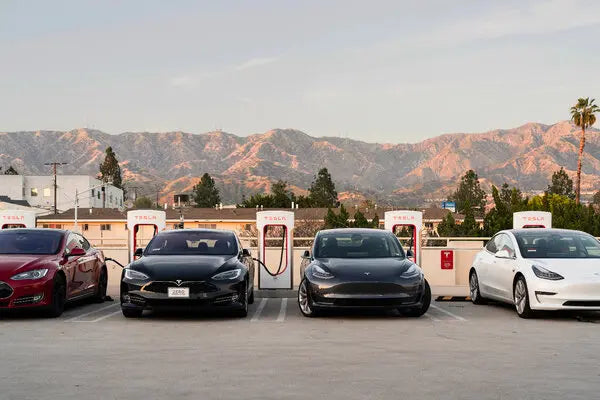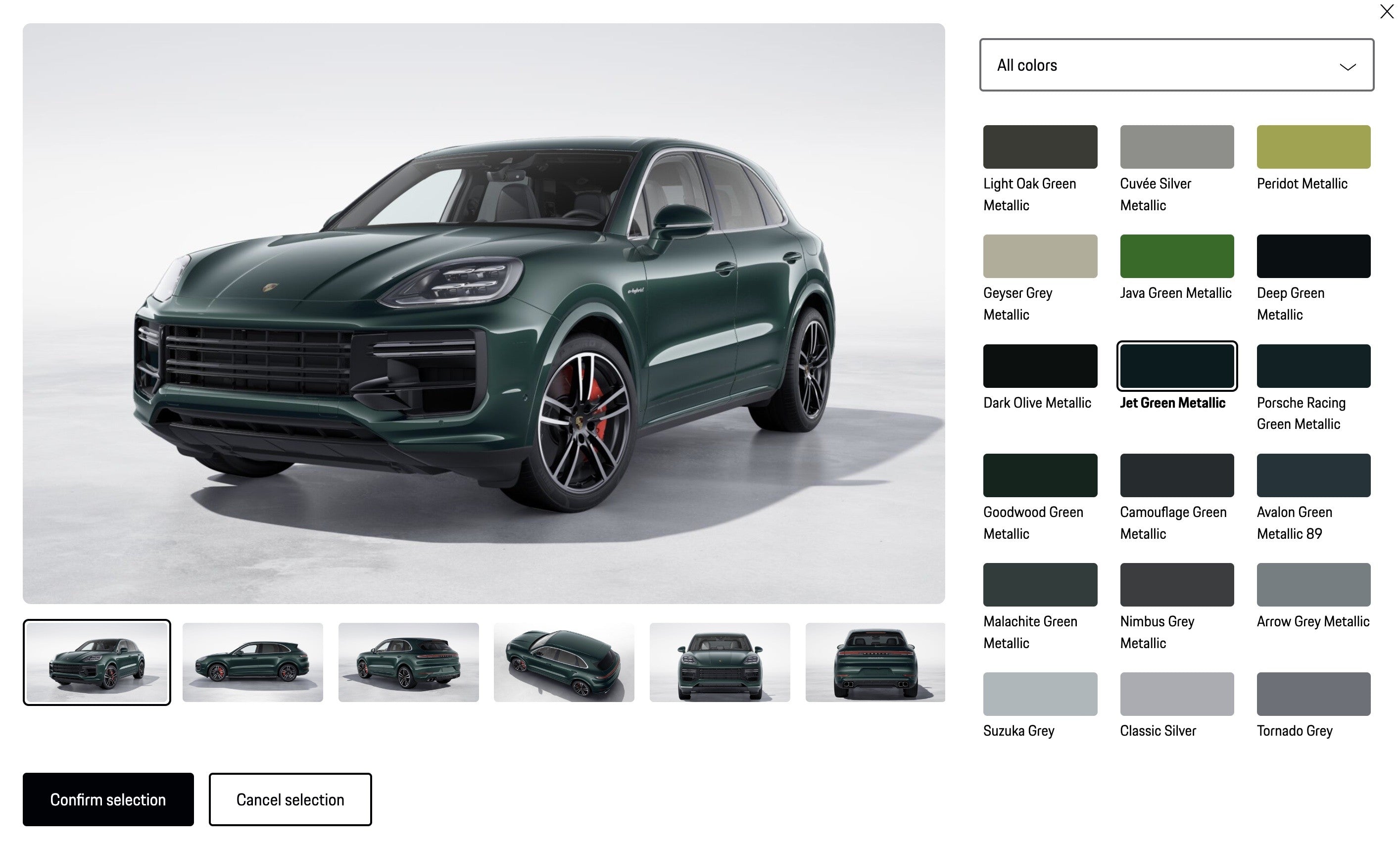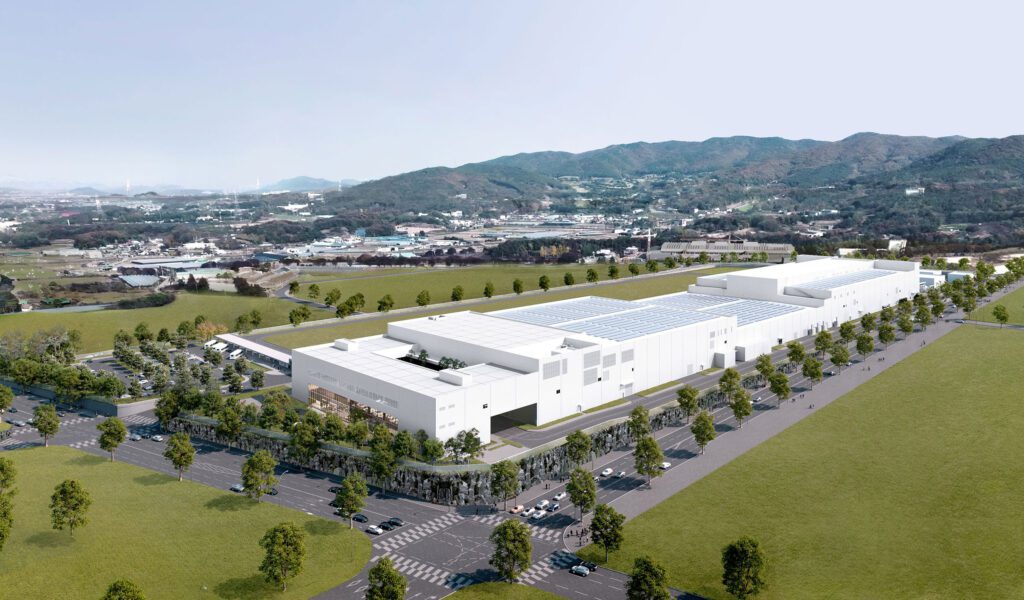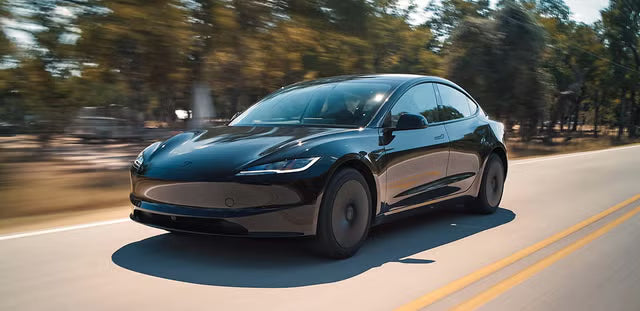EV Sales Surge to Record High
California’s electric vehicle (EV) market reached a new milestone in the third quarter of 2025. Nearly 29.1% of all new cars sold were fully electric, marking the highest share in the state’s history. According to data from the California Energy Commission (CEC), that translates to 124,755 zero-emission vehicles (ZEVs) delivered between July and September.
The record was driven by a combination of strong consumer demand and policy timing. Many buyers hurried to finalize purchases before federal EV tax credits expired at the end of the quarter, temporarily boosting sales numbers across the board.

Newsom Celebrates as State Pushes Back Against Federal Rollbacks
Governor Gavin Newsom celebrated the record-breaking quarter as evidence of California’s continued leadership in clean transportation. “Nearly a third of new cars in the world’s fourth-largest economy are now zero-emission,” Newsom said. “While the federal government steps back, California is moving forward with innovation and cleaner air.”
The governor’s remarks also referenced recent policy rollbacks under President Trump, including cuts to EV purchase incentives and delays in nationwide charger funding. Despite those challenges, California has maintained its commitment to reach 100% zero-emission new vehicle sales by 2035.
Charging Network Expands to Support Growth
Behind California’s EV success is a rapidly expanding charging network. The CEC reports that over 200,000 public charging points are now available across the state, in addition to more than 800,000 home and workplace chargers.
CEC Commissioner Nancy Skinner described this as a “defining moment,” noting that most Californians now live within a 10-minute drive of a fast charger. She also emphasized the lifestyle benefits of EV ownership — no more “smelly gas stations or oil changes,” as she put it.
New Regulations Aim to Improve Charger Reliability
To ensure charging remains dependable, California implemented the nation’s first charger reliability and reporting standards on October 8, 2025. The rules require operators to maintain a minimum uptime threshold and report performance data regularly to the CEC.
At the same time, the state approved $10 million in new grants to install more than 1,000 Level 2 chargers, focusing on low-income communities and multi-unit housing. These initiatives aim to close accessibility gaps while improving the overall charging experience.
Federal Incentive Expiration May Slow Q4 Momentum
Analysts caution that the Q3 spike may not last. The surge was largely driven by buyers racing to qualify for federal incentives before they expired. Compared with Q2, EV sales jumped roughly 30%, but a short-term cooldown is expected in Q4 as the market adjusts.
Still, California’s long-term trajectory remains strong. As more automakers roll out affordable EV models, the state’s average EV transaction price continues to drop.

More Models, More Choices
California currently leads the nation with 146 EV models available, up from 105 a year ago. This growing variety — from budget hatchbacks to high-performance SUVs — gives buyers more flexibility than ever.
In addition, new funding under the National Electric Vehicle Infrastructure (NEVI) Program will add 64 new fast-charging stations along major travel corridors. Several older sites are also slated for upgrades or replacement to improve reliability.
California Keeps Leading the Transition
Despite national headwinds, California’s progress shows how consistent state policies can sustain EV growth. With its infrastructure, incentives, and consumer adoption all moving in sync, the state is on track to reach 30% EV share as early as next year.
California’s clean transportation strategy is clear: keep charging forward — even when Washington slows down.
Recommend Reading: Tesla Launches First Fully Off-Grid Solar Supercharger Station in California








Aktie:
Ford F-150 Lightning dominiert den US-Markt für Elektro-Pickups, Rivian R1T fällt zurück
GM’s Record EV Sales Come With a $1.6 Billion Cost